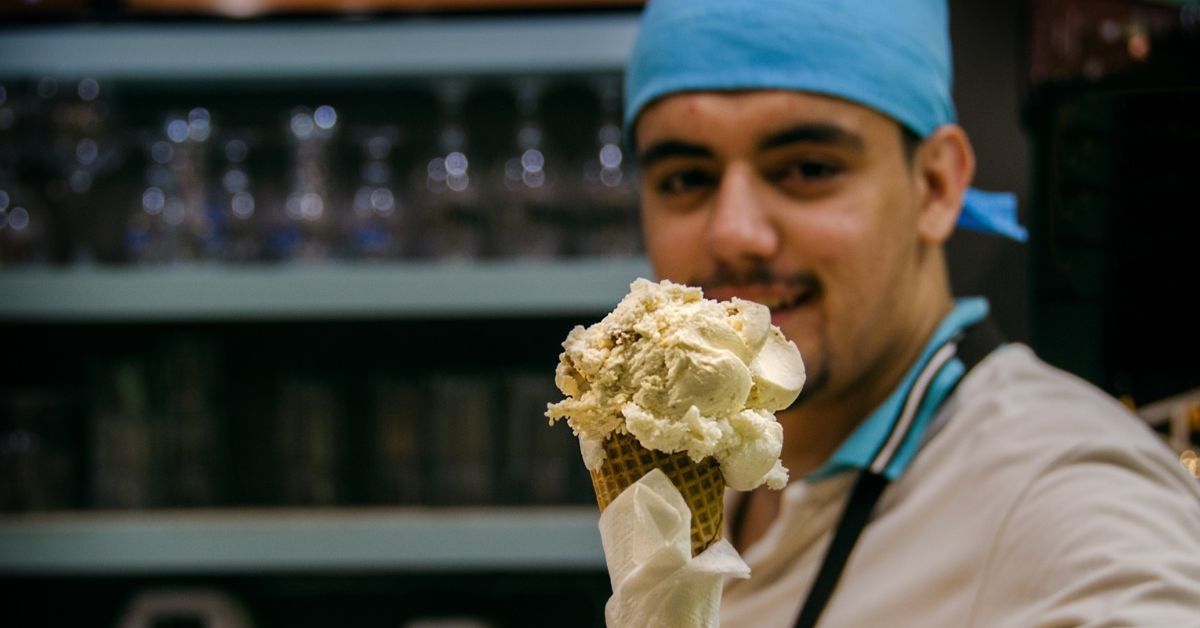A dependable and adaptable piece of machinery, the Taylor whipped cream maker produces mouthwatering frozen desserts. It’s crucial to know how to use and take care of the Taylor machine properly if you want to guarantee top performance and preserve the high standards of your ice cream. If you are missing some parts or want to buy new parts for your Taylor Ice Cream Machine then search for Taylor ice cream machine spare parts UK. Here’s a thorough how-to for getting the most out of your Taylor whipped cream maker and improving performance:
Not Dispensing Ice Cream
This has served as the main concern for 25% of our cream machine calls over the past year. If your soft- serve maker won’t distribute, there’s a good chance because buildup requires to be cleared out of the machine or because it was misassembled after cleaning. From here, you understand what you need to do: disassemble the machine, clean it, and rebuild it precisely according to the instructions in the handbook.
Ideal Temperature Settings
Depending on the kind of frozen dessert you’re producing, adjust your machine’s temperatures to the suggested levels. Achieving the optimum smoothness and smoothness for frozen yoghurt, gelato, sorbet, soft-serve ice cream, and frozen yoghurt requires tweaking the freezer’s temperature settings.
Replacement Parts for Ice Cream Machines
Over the course of the previous year, we received calls about 10% of which were for parts replacement for ice cream machines. However, a lot of the minor parts that comprise these machines, such as O-rings and sealing compounds, are extremely universal and quite easy to find. Use the model number of your machine to determine the correct size of parts before calling a supplier to replace a tiny part. Then, to avoid paying labor costs for a vendor, look for the parts yourself, online or in stores. Does a larger component require replacement or repair? Because certain parts can be harder to find, plan on additional downtime.
The Product Is Overly Rigid
Examine the following if the mixture or ice cream is very stiff:
- Absence of air orifice/mix feed tube: Although your Taylor machine can function without it, it deserves to be replaced because its absence could compromise the quality of your output.
- Viscosity must be changed. If your product is extruding too slowly, too hard, or in large chunks, there can be an issue with the temperature regulation mechanism. To resolve this issue, progressively lower the temperature; however, do not drop it below 18 degrees Fahrenheit. To replace your temperature control device, you must first reach out to a tech if the one you have is damaged.
How May The Issue Of Accelerating Manufacturing Speed Be Resolved?
The cooling cycle of a soft-serve ice cream equipment is typically generated by a specific quantity of ice cream. Production of refrigeration is taken into account as a cycle from the point of machine start to finish. Each output from a soft-serve whipped cream machine (for instance, the three-flavor machine) is the same, and each refrigerated cylinder can typically play six to eight cones with ice cream. The issue then emerges if, upon calling number one, ten different individuals wish to purchase a cone. The scoop of ice cream is really soft at 7-8. Wait times are impacted by two things
The first is the ice cream maker’s refrigeration effectiveness while which is the equipment’s primary function. The price has a direct correlation with the freezing effect. Of course, the price is comparatively high, but the top-end machine doesn’t even require a wait time. The more powerful ice cream maker with a larger compressor, the more sophisticated technology, the improved the appliance’s performance, and the lessening of the waiting period.
The second aspect, which is related to general physics, is the temperature that determines how the ice cream is served as well as the surrounding air. The amount of time that it takes to drop from twenty degrees Fahrenheit to a temperature of three degrees is significantly different than that of dropping from a temperature of 10 degrees to 3 degrees. As a result, the needed period for cooling varies as well. Controlling the ice cream equipment’s feeding temperatures can therefore effectively address the issue of waiting times. This will not only speed up production but also drastically cut down on energy usage and power savings. The most successful approach is the second one.
Final Words:
In conclusion, making consistently high-quality frozen desserts requires an understanding of how to operate and maintain a Taylor ice cream maker.
Also, read: Which Dessert Options Are Best for a Summer Party?
